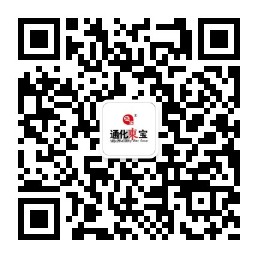Contact:
4008465777
Tonghua Dongbao obtains the Pharmaceutical Product Registration Certificate for empagliflozin tablets
Recently, Tonghua Dongbao Pharmaceutical Co., Ltd. (the “Company” or “Tonghua Dongbao”) received the Pharmaceutical Product Registration Certificate for empagliflozin tablets issued by the National Medical Products Administration (NMPA).
The Company's application for the marketing of empagliflozin drug substance has been approved, offering a stable supply of active pharmaceutical ingredients (APIs) for the production of empagliflozin tablets at reduced costs.
The Company has filed the marketing application for empagliflozin tablets in accordance with the requirements for the consistency evaluation of the quality and efficacy of generic drugs. The approval of the application suggests that the product passes the consistency evaluation. This further enhances the Company's diabetes product portfolio and complements the existing competitive product lines. By providing more choices for clinical medication, the Company can also consolidate and promote its brand image and market competitiveness in the field of diabetes treatment.
About empagliflozin tablet
Empagliflozin — a highly selective sodium glucose cotransporter-2 (SGLT-2) inhibitor — is a novel, non-insulin-dependent oral anti-diabetic drug that lowers the blood glucose in patients with type 2 diabetes mellitus (T2DM). Empagliflozin works by reducing the renal reabsorption of glucose, lowering the renal threshold for glucose, and increasing the urinary excretion of glucose.
Jointly developed by Boehringer Ingelheim and Lilly, empagliflozin tablets were approved for marketing in the European Union in May 2014 under the trade name Jardiance® for the treatment of type 2 diabetes; later, the drug made its way to the United States and Japan. In September 2017, Jardiance® was marketed in China.
Since their introduction to the Chinese market, empagliflozin tablets have seen rapid growth in market size. According to Menet.com, empagliflozin tablets recorded RMB 571 million in total sales in 2022 at China's municipal and county-level public hospitals, urban community centers, and township health centers (collectively known as Chinese public medical institutions) and urban pharmacies, representing a YoY increase of 39.65%.










